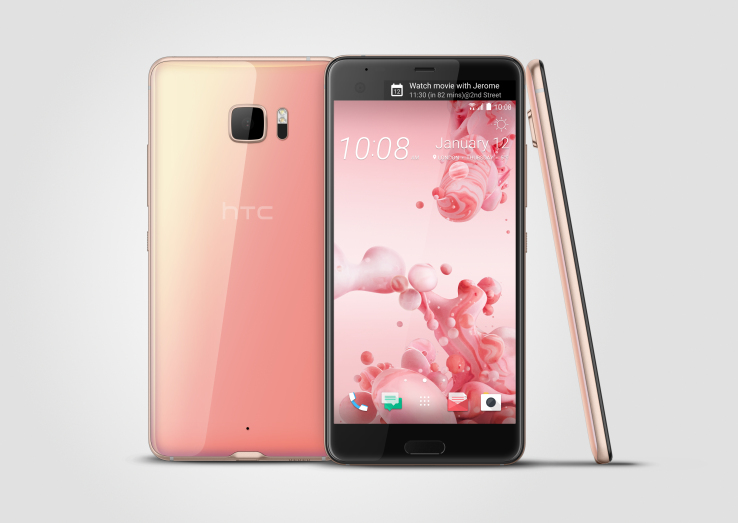

Just when you thought HTC might be ready to hang up on its smartphone efforts, the Android underdog is turning up the volume and announcing what it describes as a “new direction” — in the form of a series of smartphones preloaded with its own AI assistant.
While mobile phones were originally a device for talking to other humans, before smartphones plus touchscreens turned devices (and people) into texting machines, analysts are spying signs of a renaissance for voice — as a control mechanism to speed up interacting with increasingly complex devices.
Every major smartphone device and OS maker has their own AI these days, from Apple’s Siri, to Microsoft’s Cortana, to Samsung’s Viv, to Amazon’s Alexa, to Google’s Assistant. HTC is finally following suit, unveiling what it’s calling the “HTC Sense companion” at a launch event today.
The company teased the launch of the new U series smartphones last month, hinting at the “For U” personalization it had in the pipeline. Today it announced two new Android handsets preloaded with the AI assistant: the HTC U Ultra, a 5.7 inch flagship phablet clad in glass on the front and back; and a more mid-tier option called the HTC U Play, with a 5.2 inch display.

A spokeswoman for the company confirmed the AI assistant uses HTC’s “own in-built AI software”, but added it is also compatible with Google Now.
HTC says the Sense AI learns from the user’s “daily phone habits” to push relevant suggestions — giving examples such as reminders to charge your phone to avoid it running out of juice, or a prompt to wear warm clothes when the weather is cold, or suggestions for a restaurant for a forthcoming date.
A small second screen above the main panel is used to display suggestions from the Sense companion, and also for showing other personalized notifications — such as messages from priority contacts and favourite apps.
HTC says the idea with the dual display is to free up the main screen for uninterrupted browsing, though it looks to offer a pretty incremental benefit in terms of the quantity of screen real estate that will not be periodically obscured by notifications. (But, depending on how intelligent its prompts are, it might help cut down on some navigation-related swiping).
The U Ultra flagship also includes four omnidirectional microphones to power an always listening feature aimed at making it easier for users to interact with the device and the AI via their voice. We’ve asked HTC for more details on how this functions — in terms of trigger word, and how it’s processing and storing users’ voice data — and will update this story with any response. (You can read the company’s privacy policy here.)
HTC is also launching a premium, “ultra-hard”, sapphire glass edition of the Ultra, which comes with 128GB internal storage.
Elsewhere, HTC lauds the “ultra thin” design of the new U series glass-clad devices, which both have a waist measurement that’s 7.99mm at its thickest.
Both also have a front facing camera that can switch between 16MP high resolution images and a 4MP ultra pixel mode to suit lightning conditions. And there’s a new ‘selfie panorama’ mode option to offer a software alternative to wielding a selfie stick. Expect the usual smartphone color options (plus pink).
Also in the box: headphones that HTC claims can adapt to the ambient noise levels to auto adjust for the correct volume.
The company says the U Ultra and U Play will be arriving in multiple European markets next month. Pricing has yet to be announced.
Timing for any US launch is also not clear, though the company has tweeted the U Ultra will launch globally in Q1.
Update: An HTC spokeswoman said: “The US will be ranging the Ultra only with pre-orders available now, and shipping early March.”

